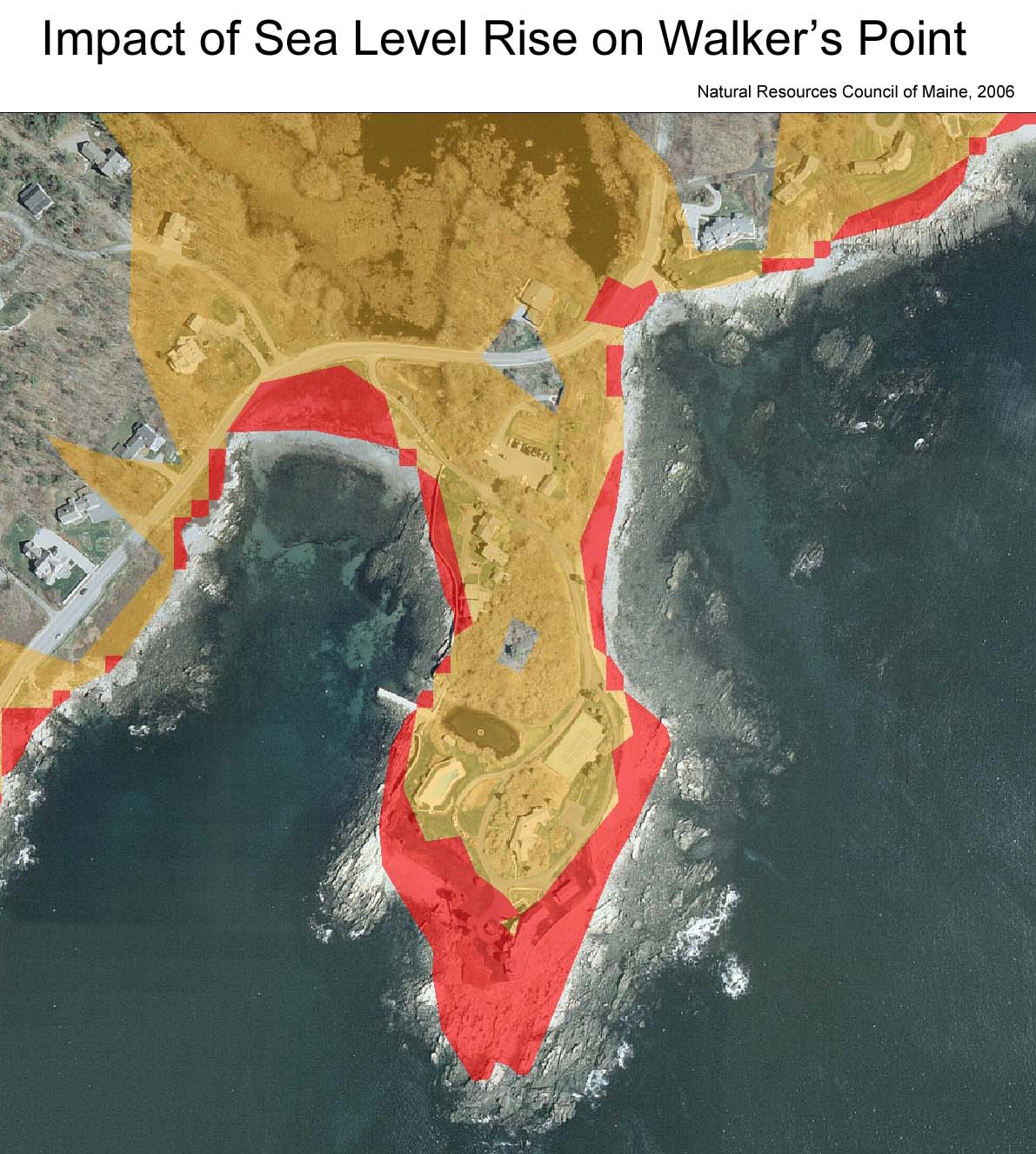
Pruebas concluyentes de que el calentamiento polar está causado por la actividad humana
Nuevas investigaciones de la Universidad de East Anglia, han demostrado por vez primera, que la actividad humana es la responsable del significativo calentamiento de ambas regiones polares.
Estudios anteriores habían observado el aumento de las temperaturas en el Artico y la Antártida durante las décadas recientes, pero dichos aumentos no se habían attribuido aún de manera formal a la influencia humana debido a la pobreza de los datos disponibles y a la enorme variabilidad natural.
Ahora, la combinación de datos puestos al día de las temperaturas superficiales y el uso de cuatro nuevos modelos climáticos, ha demostrado que los aumentos de la temperatura en ambas regiones polares no son consistentes sólo con la variabilidad climática, y que son directamente atribuíbles a influencia humana.
Conclusive proof that polar warming is being caused by humans
New research by the University of East Anglia has demonstrated for the first time that human activity is responsible for significant warming in both polar regions.
Previous studies have observed rises in both Arctic and Antarctic temperatures over recent decades but have not formally attributed the changes to human influence due to poor observation data and large natural variability.
Now, a newly updated data-set of land surface temperatures and simulations from four new climate models show that temperature rises in both polar regions are not consistent with natural climate variability alone and are directly attributable to human influence.
Tomado de/Taken from University of East Anglia
Publicación científica/Research paper Nature Geoscience



